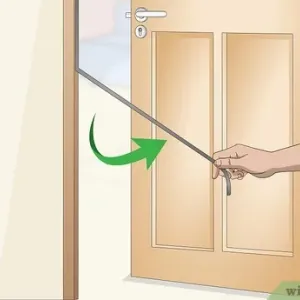
Types of Weatherstripping

When your house leaks air through its doors and windows, it can cause our furnaces and air conditioners to work harder to warm or cool the house. Losing the warm or cool air can cause your electric bill to increase dramatically.
It is best to keep your home as airtight as possible. Weatherstripping is one way to do this and is beneficial all year round, keeping the cool air in and the warm air out and vice versa in the colder months. There are many types of weatherstripping to choose from. There are things to consider when choosing which type to install, such as durability, high-traffic areas, weather, and general wear and tear.
The different types of weatherstripping are:
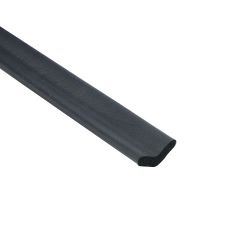
V-strip- the material is usually made up of metal or vinyl. Adhesive back taped makes for easy installation. This type of weatherstripping is durable and long-lasting. This type is perfect for high-traffic areas of the home. Some bronze versions provide a better seal but need to be nailed into place.
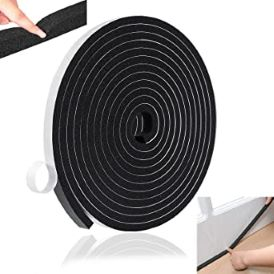
Adhesive Backed tape- is usually made from felt or rubber. Sold in rolls and a variety of sizes. It is easy to install in windows or door frames and it’s best suited for irregular-sized openings but does require replacing more than other types of weatherstrips.
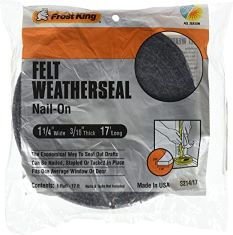
Felt- This type can come in pure felt or felt reinforced with a thin metal strip. The Felt weatherstrip needs to be 'stapled' into place. It usually needs to be replaced every one or two years as it does not have the best durability. This type of Weatherstripping cannot be used in areas exposed to moisture or excessive abrasion.
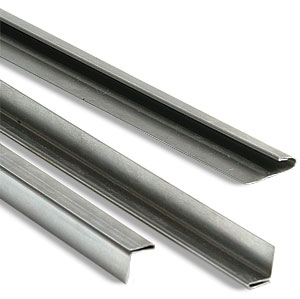
Interlocking Metal- Metal weatherstripping is stated to be exceptional by the Department of Energy. It may be more expensive, but this type lasts for decades.
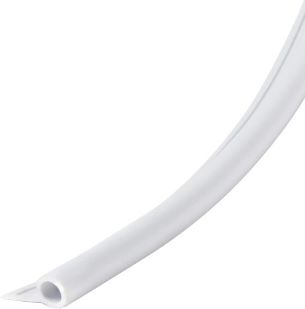
Tubular Rubber and Vinyl- is also known as 'Compression Weatherstripping'. The long lasting rubber or vinyl tubing may be more challenging to work with, but it does create a tighter seal along the windows and doors.

Thresholds- the floor underneath an exterior door has raised seals called a threshold.
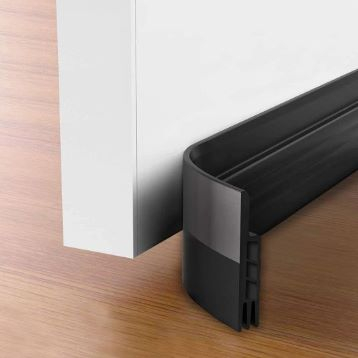
Door Sweep- this seal is made of aluminum or stainless-steel base with a plastic, vinyl, sponge, or felt brush. The sweep is used for the bottom side of a door to block drafts. It is easy to install, and different types can be used for an uneven entry. It can also be more costly depending on your project.
How to tell if you need to replace your Weatherstripping:
Professionals advise that it is best to check on a cool windy day to inspect your windows and doors.
Place your hand in front of the window frames, inspecting all four sides of the door or window. If you feel a draft, then the Weatherstripping needs to be replaced.
Another test is called “The Paper Test.” The paper test is to ‘close’ your door on a piece of paper and pull it out while the door is closed. If you need some effort to pull the paper out, the weatherstrip has a good seal. If it comes out easily, then the Weatherstripping should be replaced.
Another way to see if the frames of your windows and doors are sealed properly is ‘The Daylight Test.’ During the day, while the windows and doors are shut, look around the frame to see if any daylight is seeping through.
If you have any drafts or see daylight seeping through your doors and windows when they are closed, caulking or replacing the Weatherstripping will fix it.
By: Tricia Cook, Content Navigator